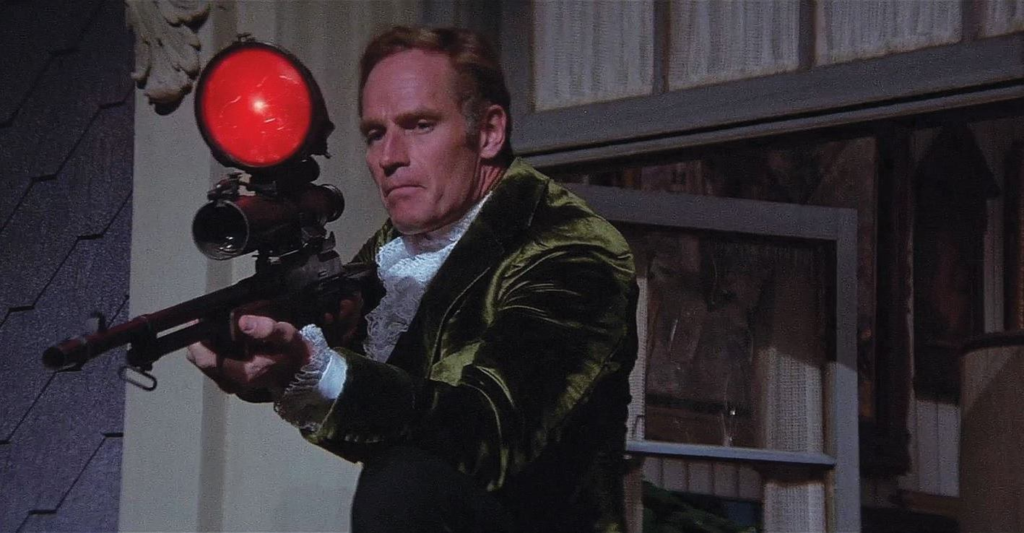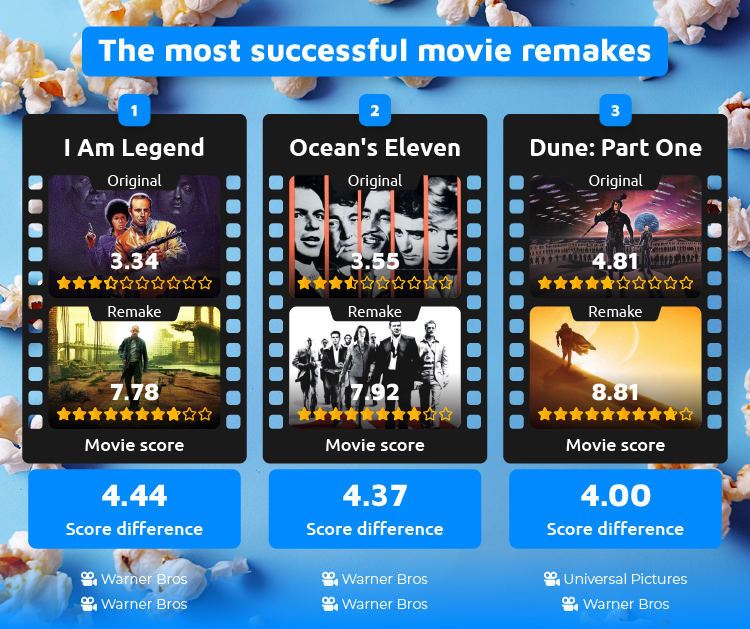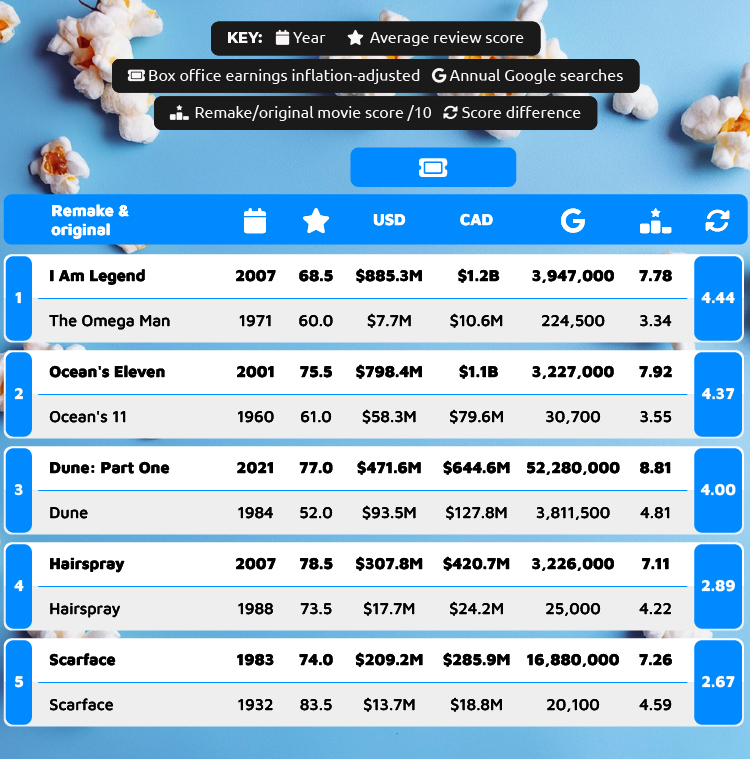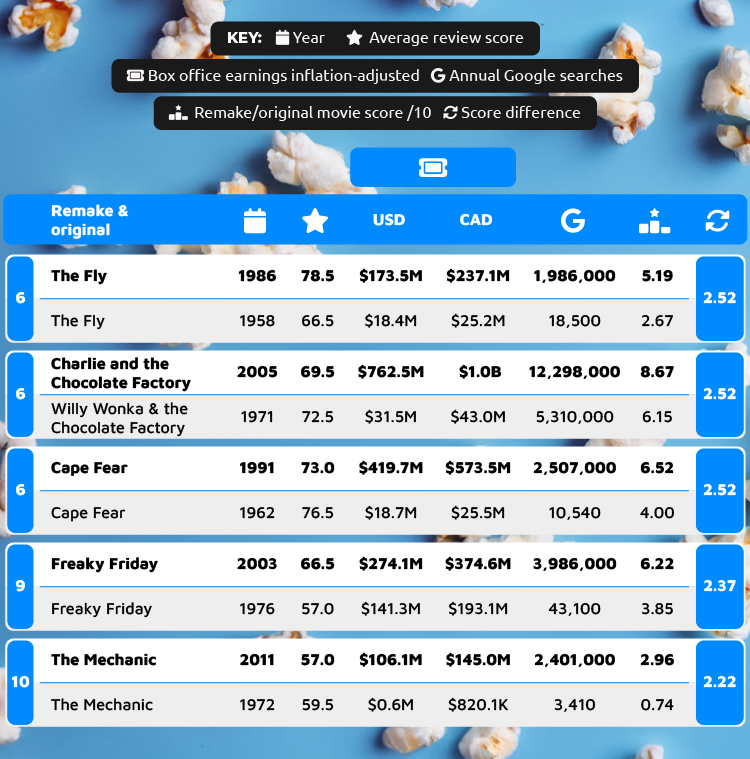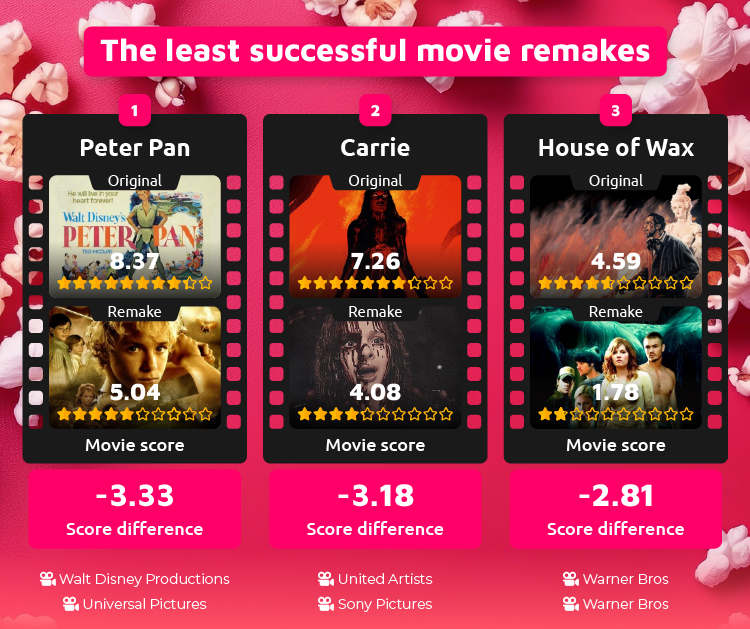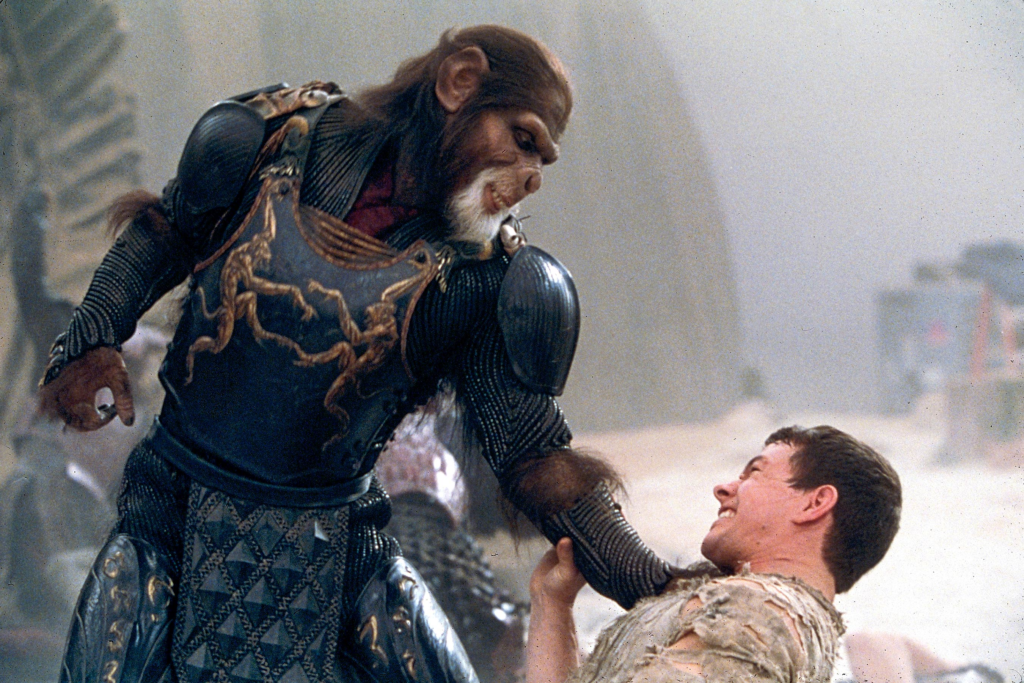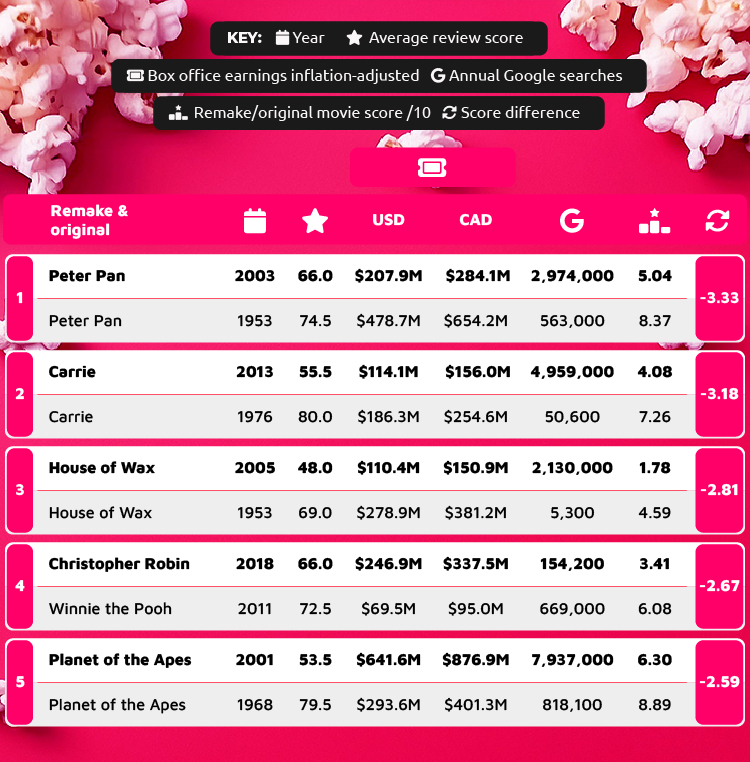This past Saturday, it was back to the Aero at Santa Monica, California for more Ultra Cinematheque 70 Fest.
So far, every one of these screenings have been preceded by a short film titled “Six Tons of 70MM”, in which we follow Matt Burris, an employee of the American Cinematheque, driving around L.A., picking up the prints that will be played throughout the festival. He talks about the work and costs involved in booking, transporting, and projecting these big, heavy-ass prints — this year’s festival totals 40 films — and explains how the higher resolution format makes for a more theatrical experience, quoting Martin Scorsese with “Seventy-millimeter hits different”.
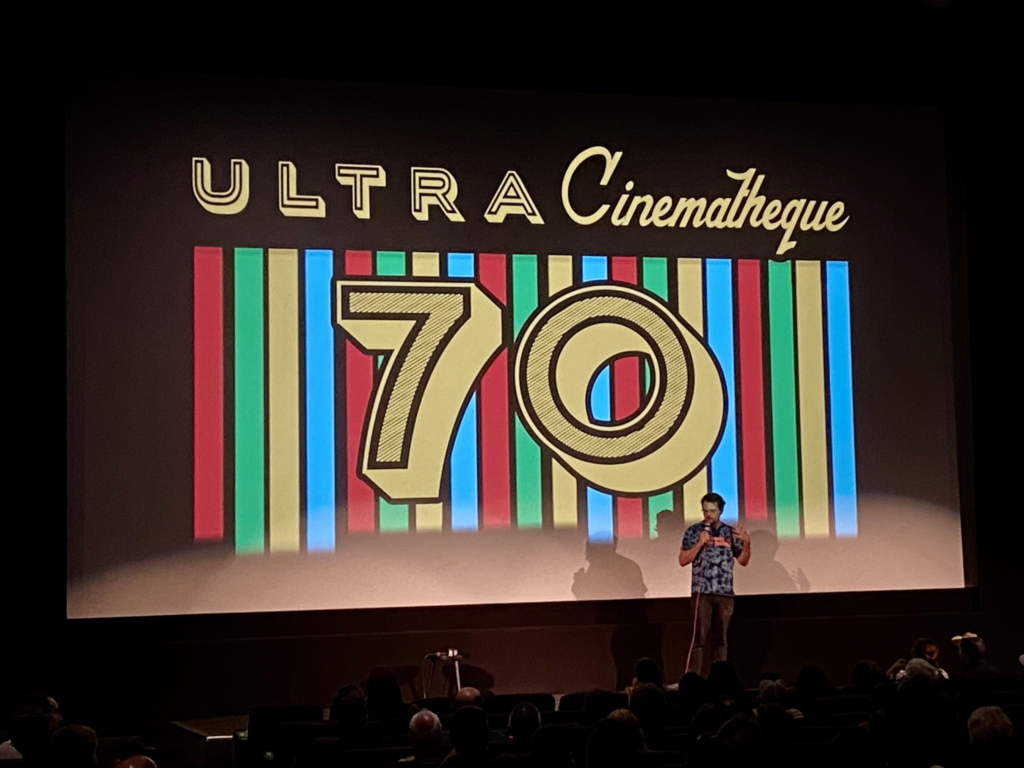
Because this short plays before every one of these 70mm screenings, I was ready to call Burris the Nicole Kidman of the American Cinematheque — if the son-of-a-bitch hadn’t already beat me to the punch during his intro to Saturday afternoon’s screening of 1996’s HAMLET, Kenneth Branagh’s *unabridged* adaptation of the Bard’s play, which was shot in Super Panavision 70. During Burris’ intro, we were told about how the length of the film — over four hours — meant that the *two* projectionists on hand for this screening would be dealing with 20 reels, each weighing about 30 lbs each, totaling about 600 pounds of movie.
I’ve only seen the play performed once, and I’ve never seen any of the film adaptations, neither the Olivier, Gibson, not even the Ethan Hawke one — but I have seen STRANGE BREW, if that counts.
So I can’t compare flicks, but really liked this pumped-up version of the play, which isn’t surprising considering Branagh’s tendency as a director to just Fuckin’ Go For It on some over-the-top shit. That approach might be off-putting to some, but I didn’t have an issue with it, just as I didn’t have an issue with it during his HENRY V. (I still want to see his FRANKENSTEIN movie, for morbid curiosity’s sake, if nothing else.) It didn’t feel like four hours, more like two-and-a-half, if I’m being honest.
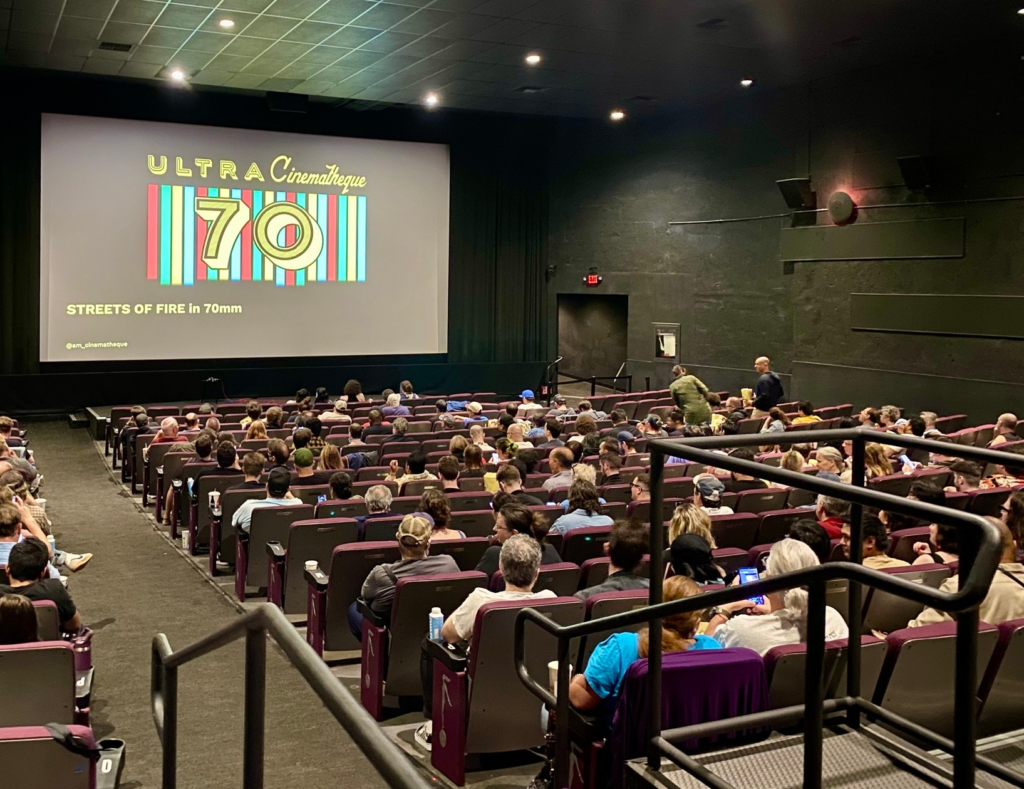
I knew of this film during its original release, but totally forgot about the cast, which includes welcome-but-not-surprising appearances by Kate Winslet, Derek Jacobi, Julie Christie, Brian “Gordon’s alive!” Blessed, John Gielgud, Rufus Sewell (giving me Purple Rain-era Prince visual vibes here), and many other of the usual respected suspects for this kind of film.
But then every once in a while, someone like Jack Lemmon or Robin Williams or Charlton Heston or fuckin’ Billy Crystal will pop up and it kind of took me a bit to get acclimated to the sudden Yank-ifcation of the atmosphere; of these Special Guest Stars, I felt Crystal (no, really) and especially Heston gave the best performances.
The print looked good, some lines here and there, but there was an odd inconsistency in the rear surrounds with echoing voices in the interior scenes, some parts had it, others didn’t.
But the main thing is that it was a great looking film, shot on 70mm, shown in 70mm, and unlike say, certain foot-fetishizing filmmakers, Branagh and cinematographer Alex Thomson took full advantage of the format, filming in big, wide spaces, both interior and exterior. They do a lot of talking here, but make no mistake, this is a goddamn Movie.
There was a ten-minute intermission a little after two hours, which allowed some of us in the audience to use the restroom, get snacks, or in my case, run four blocks down to feed the meter (which by that point, had expired about ten minutes earlier) because this was a 2PM afternoon show and those Montana Ave. parking enforcers don’t get off the clock until 6pm.
Later that evening, I was back inside the Aero for STREETS OF FIRE, directed by one of my Mount Rushmore directors, Walter Hill. I had actually seen this 70MM print before at the Aero in ’17 — it starts with a British Board of Film Classification at the beginning — and both viewings were equally loud and pristine, both viewings rocked my world.
It’s not even so much a Style Over Substance deal here, it’s more like Style *Is* Substance — the music, the clothes, the attitudes, the neon-lights, the wet streets, the cars (oh my god, the cars), the bikes, the guns, and badasses of both genders.
(And Diane Lane too. I mean, wow.)

Let me mention the music yet again, because both the mix of rock & roll, doo-wop, Ry Cooder score, and Jim Steinman’s breathlessly passionate rants and screeds and laments set to melody, well, they shouldn’t blend so well, and yet they do, kinda like how the film’s world of 1950s meets 1980s shouldn’t blend so well, and yet it does.
During this viewing, I focused more on the dynamic between Michael Paré’s Cody and Amy Madigan’s McCoy. I love how they don’t flex or flaunt, they’re just casually ultra-competent, it’s just what they do when called upon to do it, and I wish I lived in the timeline where we got to see them do more of it together in follow-up films. I’d have followed them anywhere.
One of the things I love about Hill is just how meat & potatoes and no-frills his stories are, they’re real cut-to-the-quick tales that don’t overstay their welcome, populated by characters that are old-school types rather than fleshed-out collections of hopes, dreams, anxieties, etc. (Hell, he didn’t even give the characters of THE DRIVER names, just designations.) He gives you the good guys and the bad guys and that’s it, that’s the Walter Hill way, and his way is an increasingly fresh — and dying — breath of air in today’s chatty and jokey “he just like me fr fr”/“so that just happened” world of action cinema. (Not that I’m against that kind of movie — I enjoyed THE FALL GUY — I just don’t want to see *only* that kind of movie.)
Give me men and women of few words and more actions, is what I mean, or to quote McCoy, “Are we gonna do it, or are we gonna talk about it?”
Hell yeah, McCoy — you can watch my six and sleep on my couch any time.
Great crowd for this showing, a packed house full of both fans and first-timers alike who clapped and laughed at all the right moments. I overheard a lot of excited reactions after the film by people who had no idea what they were in store for, but were very happy they got to experience it. Which in turn made me even happier.
On the walk back to my parking spot, I passed by a car blasting the soundtrack — this also happened when I saw this in ’17, as well as after a 35MM screening at the New Beverly Cinema in ’10. I just thought you should know that. For the Silo, E.F. Contentment. All photos by the author.



